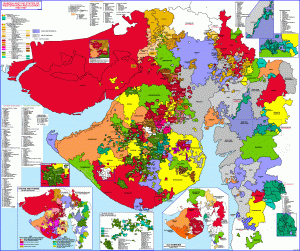
Jinnah, even as a young man, was famous for never wearing a silk tie twice
On 4 October 1930, Muhammad Ali Jinnah was aboard a ship called Viceroy of India, setting sail from Bombay to London, ostensibly to participate in a political conference being called by King George V. However, unbeknownst to even the ones closest to him, Jinnah did not plan on returning to India for a long time, possibly forever. There simply seemed nothing to come back to in India. His wife Ruttie Jinnah, the love of his life, had died last year. The same could be said for his political career. While fifteen years ago, Jinnah was one of the fastest rising politicians in the country, now he was a marginalized figure with little political power or following. Despite all his brilliance and talent, the political climate of India seemed to have become too petty and self-destructive for him to succeed. So, instead, he had decided to embark on a new chapter of his life at the age of fifty-three by moving his practice to London and seeking a seat in the British Parliament. By the next year, his passport would list England rather than India as his place of residence. For the most part, Jinnah and India seemed finished with each other.
The idea that Jinnah would not only return to India but be at the helm of its second biggest political party by the end of the decade would have sounded farfetched at the time. The prediction that this barrister would singlehandedly altered the course of South Asian and world history by the end of the next decade, would have sounded down right impossible. It would be one of the greatest stories of comebacks in Indian politics. Aboard Viceroy of India, even Jinnah couldn’t foresee what the future held in store for him. Continue reading


